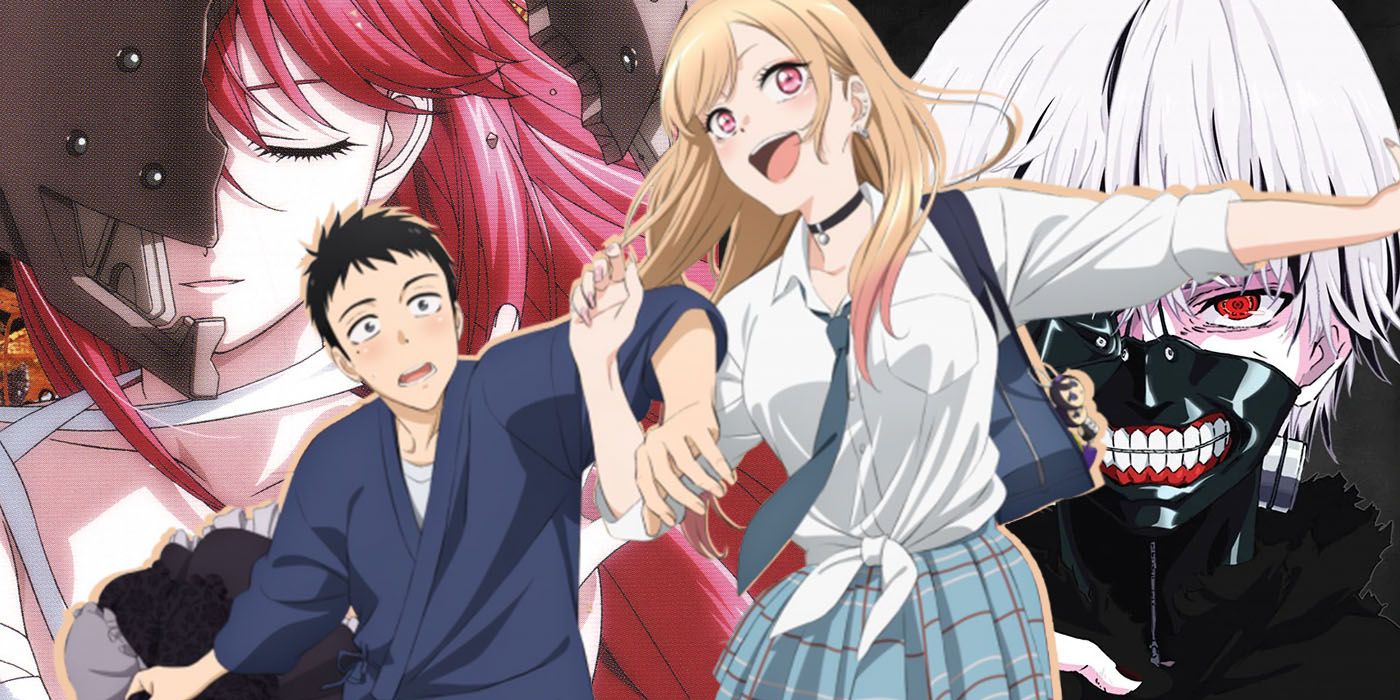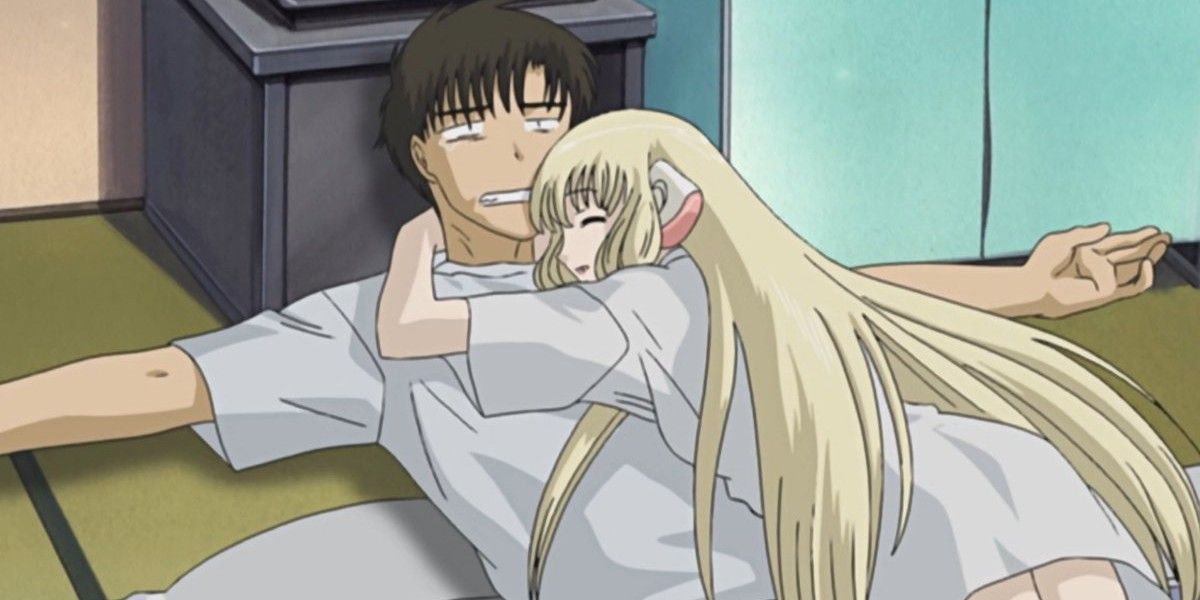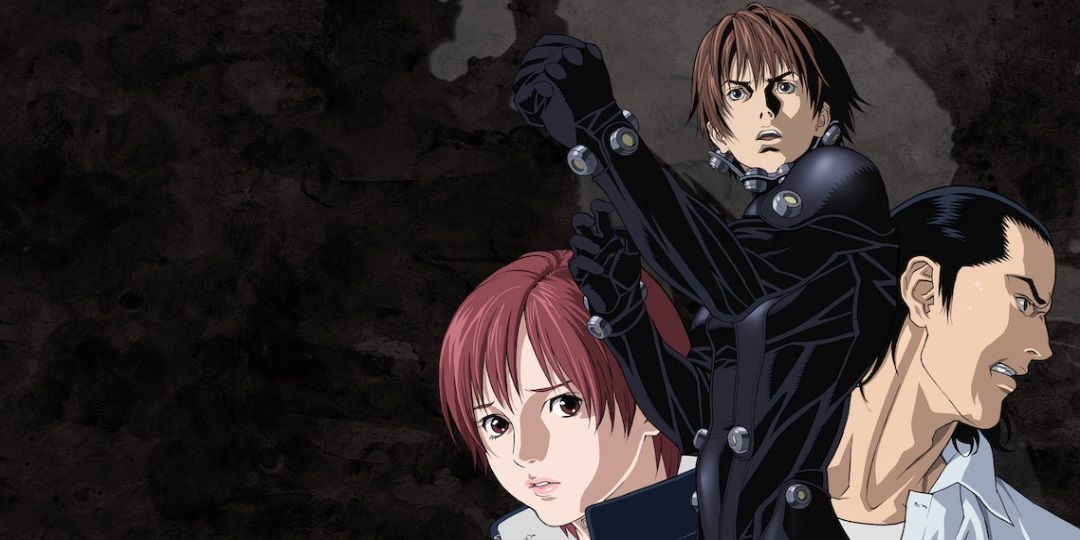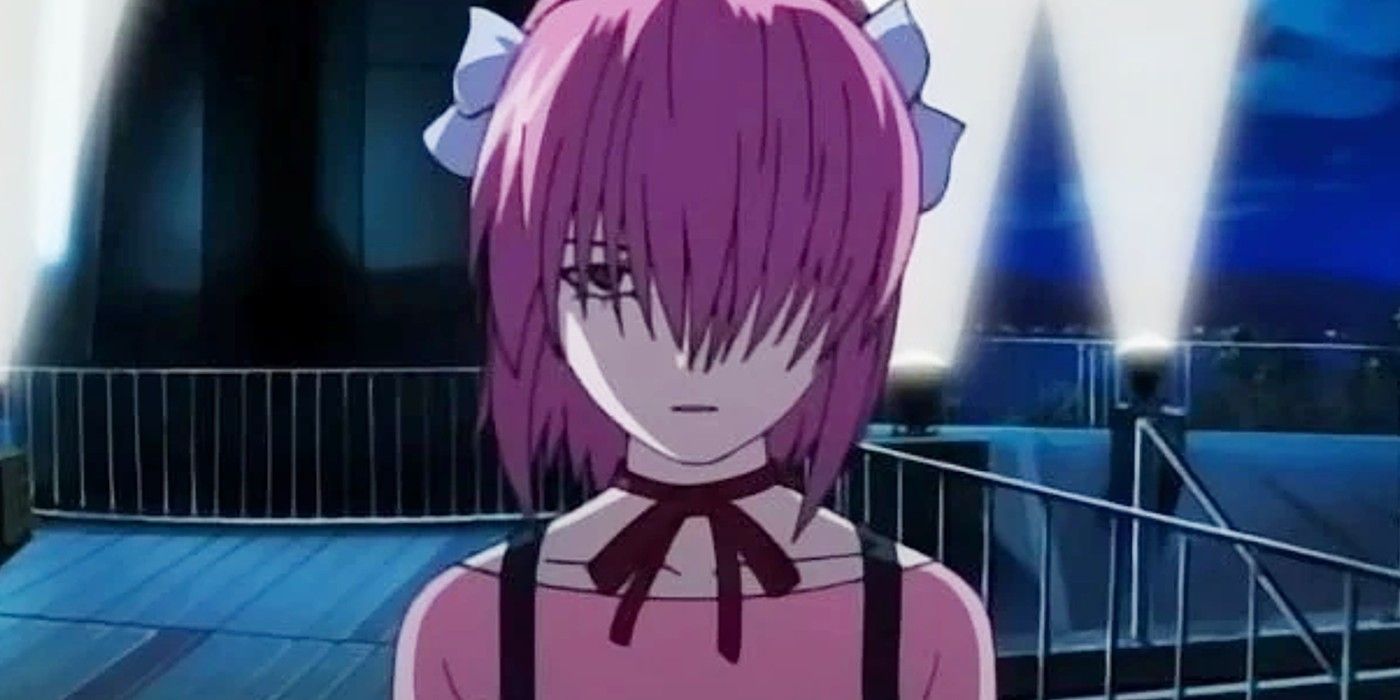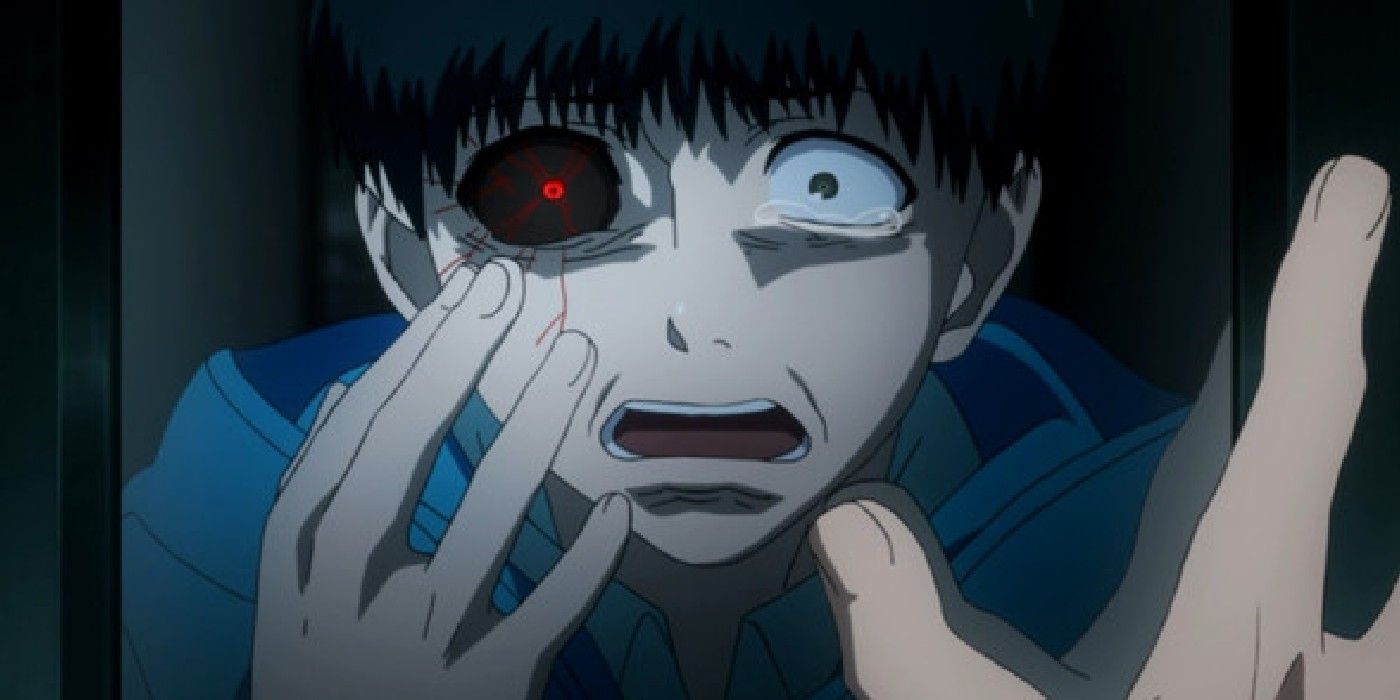The seinen manga demographic has seen many unique titles over the years, plenty of which have been adapted into highly successful anime. Although seinen works are marketed primarily toward adult men, some of these anime have been major crowd-pleasers, from dark fantasies like Berserk to superhero comedies like One-Punch Man and even slice-of-life rom-coms such as Kaguya-sama: Love Is War.
However, the seinen demographic is also well-known for works that can be ultraviolent, hypersexualized or both, sometimes walking a fine line between presenting genuinely intriguing content and showcasing material that’s more sensationalist or produced for shock value. While each of the below seinen manga-based anime were or still are extremely popular, there’s definitely an argument to be made that they fall into the latter category.
Chobits (2002)
Motosuwa Hideki is a young man who’s working hard to enter college. Constantly strapped for cash, he lives frugally and certainly can’t afford to buy himself a trendy Persocom -- the popular personal computers that look and act like real humans. However, one evening, he stumbles upon a Persocom in a pile of garbage with the appearance of a beautiful young woman. After taking her home and activating her, the Persocom seems to be defective and can at first say only a single word: Chii. This eventually becomes her name, with Hideki acting as her guide and teacher -- but can true love also blossom between a Persocom and a human?
Chobits’ main issue is that while Hideki is depicted as being kindhearted, if somewhat dimwitted, Chii herself is given little agency. She is portrayed as being as helpless as a child, not knowing how to perform even the simplest of tasks until she’s taught to do so. Her personality is highly submissive, and she’s liable to do whatever someone tells her to even when it’s not in her best interests. Nonetheless, her character design is clearly designed to be highly sexual -- a fact that’s not at all subtle, such as her activation button being located in her crotch. CLAMP’s Chobits both infantilizes and objectifies Chii throughout the anime, and this ultimately leads to a problematic story with questionable messaging.
Gantz (2004)
High school students Kurono Kei and Kato Masaru are attempting to rescue a homeless man from the train tracks when they are hit by an oncoming subway. They wake up to find themselves trapped in an apartment alongside a number of other bewildered 'guests.' At one end of the apartment is a giant black sphere called Gantz. It eventually opens, and the room’s occupants are tasked with using the custom suits and weapons within the sphere to hunt down various alien targets. Their only option is to kill or be killed. However, if a participant manages to score 100 points, they can choose to obtain a powerful weapon, revive someone who has died during one of Gantz’s missions or return to their normal lives forever.
Gantz is frequently described as brutal, gruesome and even sadistic, regardless of whether the viewer is watching the censored or uncensored version. This isn’t only because of its explicit violence; the series takes no pity on any character, be they elderly, homeless or children. Violence and humiliation are presented hand in hand -- of particular note is Kishimoto Kei, who is at one point kept as a literal pet and assaulted by multiple parties throughout the show. While Gantz was perhaps intended as a commentary on the sheer ugliness and brutality of modern society, its extreme physical and sexual violence cannot make up for its lack of depth and in fact only further highlights it.
Elfen Lied (2004)
When Lucy, a special breed of human created as a scientific experiment, breaks free of her confinement, leaving only bloody carnage in her wake, she is discovered by college students and cousins Kouta and Yuka. The pair take Lucy in, unaware of her background or that she received a severe head injury during her escape that has left her with a split personality. Switching between the behavior of an innocent child and that of a coldhearted killer with telekinetic abilities, Lucy is clearly not all she initially appears, and Kouta and Yuka are unwittingly dragged into a life-or-death struggle against a government-led conspiracy.
Veering wildly between action-packed horror and slice-of-life romance, Elfen Lied has been called deep by some and simply twisted by others. Either way, what’s inescapably obvious is that the series attempts to appeal to viewers by way of combining bloody gore with harem hijinks. The shifts in tone are so abrupt that it’s almost enough to distract audiences from realizing how plot-convenient the story’s twists really are. Meanwhile, every female character is reduced to a collection of sexualized tropes, from Lucy’s infantilized objectification to the tsundere Yuka, who is depicted as irrationally jealous and creepily possessive. Elfen Lied is often praised for its artistic opening sequence, and this is easily the best part of the show. Unfortunately, the actual content leaves much to be desired.
Tokyo Ghoul (2014-18)
In modern-day Tokyo, flesh-eating "ghouls" who can easily pass for humans have infiltrated the city. Bookish college student Kaneki Ken isn’t interested in such news, but when a beautiful young woman named Rize asks him out, reality confronts him head-on; a ghoul herself, he only narrowly escapes with his life after she tries to eat him. Awakening in the hospital, Ken learns that, having had Rize’s organs transplanted into his body, he is now half-ghoul and must consume human flesh in order to survive.
Despite its massive commercial success and mass popularity, Tokyo Ghoul has numerous detractors. Many of them point not to the overall story of Tokyo Ghoul as the problem but rather the anime adaptation of it, which glosses over several important characters, dramatically shortens some fight scenes, skips over entire aspects of the plot and rushes the pacing, particularly in its later episodes and seasons. The latter is perhaps the biggest sticking point, as it results in a confused and lackluster conclusion that leaves non-manga audiences out in the cold. Moreover, the anime as a whole alienates viewers who see the relentlessly violent series as having mistaken "realistic" and "edgy" for grimdark and pointlessly nihilistic.
My Dress-Up Darling (2022)
Introverted high school student Gojo Wakana has had an obsession with hina dolls since childhood, but after declaring his love for these dolls to a friend and being mocked and ostracized for it, he has remained isolated, his hobby a closely-guarded secret. However, his life changes dramatically when the pretty, outgoing and popular Kitagawa Marin, a gyaru and erotic video game otaku, witnesses his sewing skills and convinces him to make cosplay outfits for her. As the pair work together on creating various cosplay looks, they grow closer not only as friends and collaborators but also as potential romantic partners.
The biggest issue with My Dress-Up Darling (Sono Bisque Doll wa Koi wo Suru) is undoubtedly its in-your-face fanservice, which severely undermines Marin’s character. Personality-wise, she’s a progressive force for change, refusing to bend to gender stereotypes and outright rejecting boys who attempt to flirt with her if they reveal themselves as being judgmental. However, as a character viewed entirely through a male lens, Marin becomes less and less an empowering female lead and more a male fantasy specifically designed to cater to the audience as an idealized 'hot girl otaku.' This is to say nothing of the ethical implications of using Marin -- a 15 to 16-year-old high school girl -- for blatant fanservice, with the camera zooming in on her thighs, cleavage and mouth at every available opportunity.

